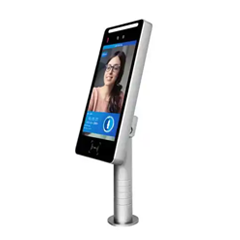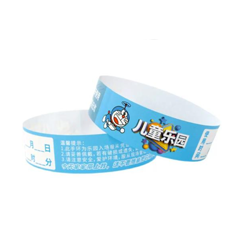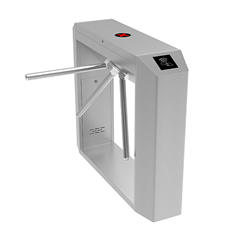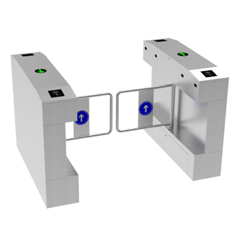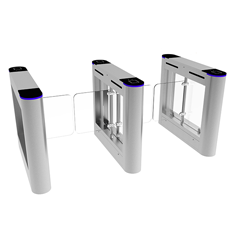In order to operate the detector in the optimal control state, the inductance of the ground sensing coil should be maintained between 100uH-300uH. When the inductance of the coil is fixed, the number of turns and the circumference of the coil have
Regarding important relationships. The smaller the circumference, the more turns there will be. Due to the possibility of various metal materials such as cable pipelines, steel bars, and sewer covers being buried along the way, all of these will affect the performance of the coil
The inductance value has a significant impact, so the data in the table above is for user reference only. During on-site construction, users should use an inductance tester to essentially test the inductance value of the inductance coil to confirm the construction
The essential number of turns is to ensure that the final inductance value of the coil is within the correct operating range (such as between 100uH and 300uH).
When winding the coil, sufficient length of wire should be left to connect to the loop sensor, while ensuring that there are no joints in between. After winding the coil cable, make sure to make the outgoing cable into
The close twinning mode requires a minimum of 1 meter of twisting for 20 times. Otherwise, non twisted conveyor leads will be introduced into the dry loop, causing the coil inductance value to become unstable. Conveying lead length through
It should not exceed 5 meters. Due to the decrease in the vividness of the detection coil with the increase of lead length, the length of the lead cable should be as short as possible.
The first step in burying the coil is to use a road cutter to cut grooves on the road surface. Perform a 45 degree chamfer on the four corners to prevent sharp corners from damaging the coil cable. The groove width is usually 4 to 8 millimeters, and the depth
30 to 50 millimeters. At the same time, a slot should be cut for the coil lead to lead to the roadside. But it should be noted that the cutting groove must be clean and free of water or other liquid infiltration. Be sure to pull the coil when winding it
Straight, but not too tight and tightly adhere to the bottom of the groove. After winding the coil, lead the twisted pair of conveyor wires out through the lead out slot. During the winding process of the coil, inductance testing should be used
The instrument is used to test the inductance value of the inductor coil and ensure that the inductance value of the coil is between 100uH and 300uH. Otherwise, adjust the number of turns of the coil.


